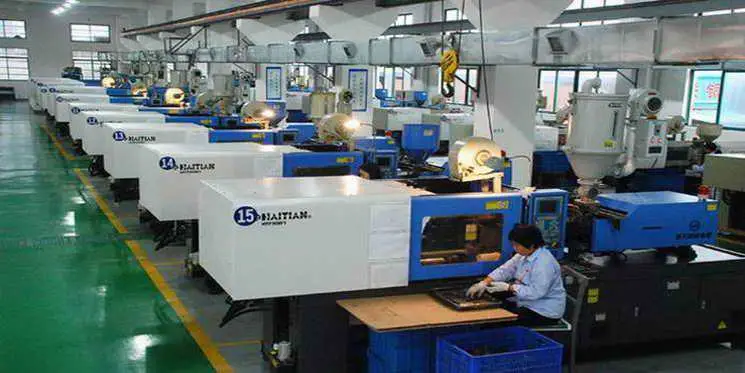What is POM (Polyoxymethylene), and what are its properties and uses?
POM is a widely used thermoplastic with very few side chains in its long molecular chains, categorizing it as a linear crystalline polymer. Depending on the raw materials and polymerization methods used, POM is divided into two types: homopolymer formaldehyde and copolymer formaldehyde. Copolymer formaldehyde is synthesized using trioxane and a small amount of dioxolane. Because the acetal chains in copolymer formaldehyde are interrupted, its resistance to alkali and heat has significantly improved compared to homopolymer formaldehyde. Currently, most POM available in the market is copolymer formaldehyde.
(1) Common properties of POM
The properties of the two types of POM differ slightly. For example, the density of homopolymer POM is 1.43 g/cm³, whereas that of copolymer POM is 1.41 g/cm³. The crystallinity of homopolymer POM is 75% to 85%, while that of copolymer POM ranges from 70% to 75%. The melting point of homopolymer POM is 175°C, while that of copolymer POM is 160°C.
POM appears as a light-colored, opaque granule or powder. It has a very low water absorption rate of 0.22% to 0.25% after 24 hours, which allows products to maintain dimensional stability even in humid environments. POM exhibits high mechanical strength, hardness, and rigidity, with excellent impact resistance and creep resistance, while its fatigue resistance is the best among all thermoplastics, ensuring long-term dimensional stability. Its wear resistance is comparable to that of nylon (PA).
POM has good electrical insulating properties, remaining stable even in humid environments. It can be used over a wide temperature range from -40°C to 100°C for extended periods. It has a low friction coefficient and minimal self-lubrication, allowing it to be used under low or no lubrication conditions, similar to PA. Moreover, POM possesses good elasticity, making it suitable for elastic components.
POM is easy to color and is resistant to oil and peroxide but is not resistant to acid, strong bases, or ultraviolet radiation from sunlight. The molding shrinkage rate of POM is relatively high, reaching 2% to 3.5%, and may vary based on the formulation.
The main drawbacks of POM include poor weather resistance, susceptibility to aging, flammability, and significant molding shrinkage.
(2) Main uses of POM
Due to its excellent comprehensive performance, POM is widely used in various sectors, including machinery, chemicals, instrumentation, electronics, textiles, and agricultural machinery. It can replace various non-ferrous metals, such as copper, aluminum, and zinc, in the production of structural components, wear-resistant parts, and heavily loaded components. Examples include bearings, gears, cams, pump impellers, valves, pump bodies, pipes, pulleys, and zippers. POM bearings used in automobiles can last twice as long as their metal counterparts. Relays made from POM remain intact after over 500,000 open-close cycles. POM can also be drawn into fibers with strengths comparable to nylon threads. By adding PTFE (Polytetrafluoroethylene) to POM, its lubricating properties can be further enhanced, allowing for the production of bearings that require little or no lubrication. Components made from POM for weaving machines can effectively prevent oil-based lubricants from contaminating fabrics.

